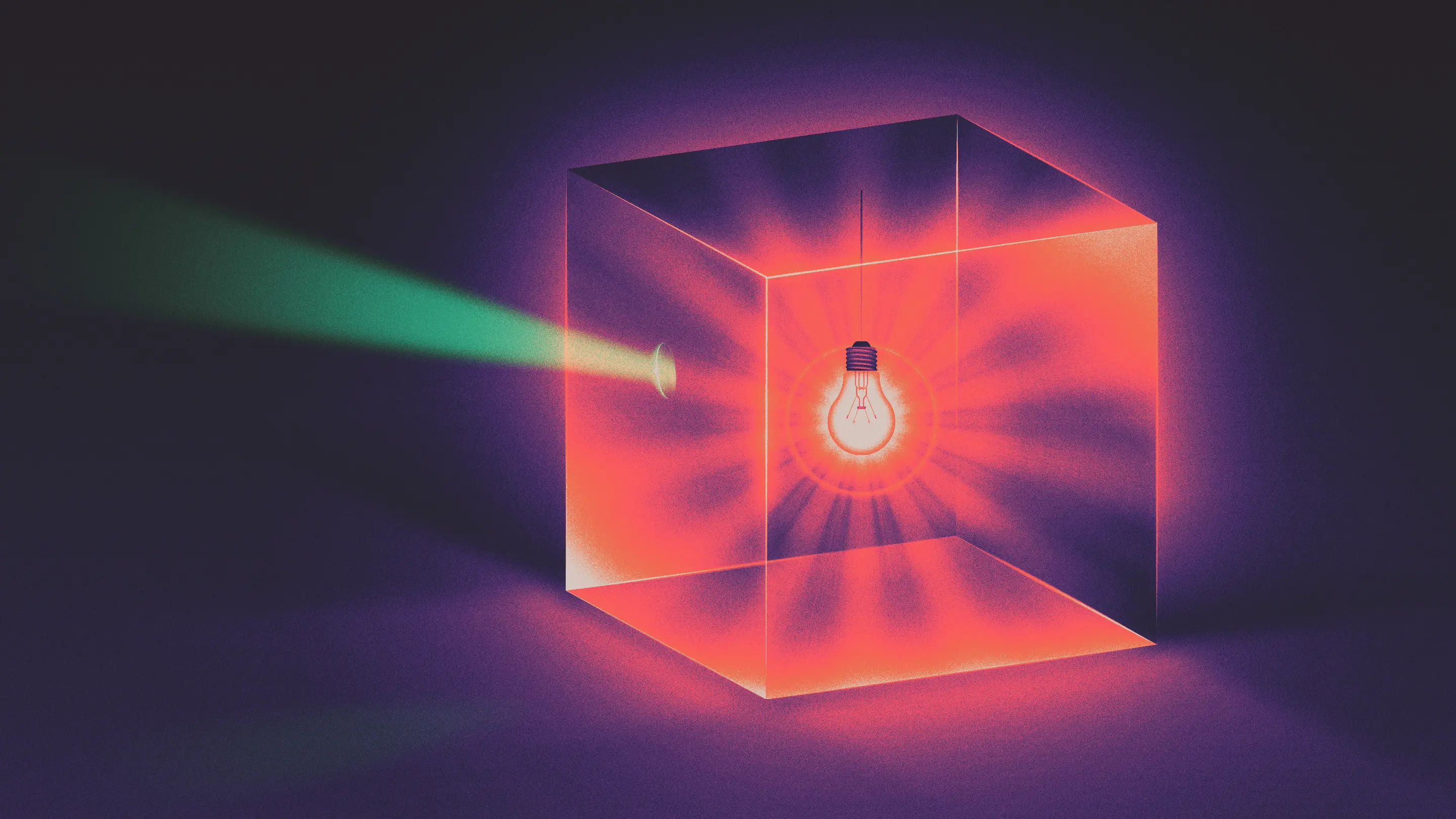For the past 30 years, quantum physicists Sandu Popescu, Yakir AHARONOV and Daniel Rohrlich have been plagued by the same scenes.
This began in 1990 when they wrote about superoscillation, an amazing wave phenomenon. "We never really say what's bothering us. Since then, we've come back every year and we see it from different angles," said Popescu, who was a professor at the University of Bristol at the time.
In December 2020, the three published a paper in the Journal of the National Academy of Sciences, explaining the problem: in quantum systems, superoscillations seem to violate the law of conservation of energy.
The law states that the energy in an isolated system will never change. This is not only a basic physical principle, said Chiara marletto, a physicist at Oxford University. It is now understood as an expression of the basic symmetry of the universe, but also a very important part of the physics building.
Physicists are divided over whether the new paradox reveals a real violation of the conservation of energy. Their attitude towards this problem depends in part on whether individual experimental results in quantum mechanics, no matter how unlikely, should be seriously considered. It is hoped that by working hard to solve this problem, researchers will be able to clarify some of the most subtle and strange aspects of quantum theory.
The key factor is superoscillation, which seems to contradict the knowledge of waves learned by every physics student.
Any wave, no matter how complex, can be expressed as the sum of sine waves of different frequencies. The oscillation speed of a wave can only reach the sine wave component of its highest frequency. Therefore, combined with a beam of red light, it should remain red.
But around 1990, AHARONOV and Popescu found that the special combination of sine waves produced the region of collective waves, which oscillated faster than any component. Their colleague Michael berry showed the power of superoscillation. He pointed out that Beethoven's Ninth Symphony can be played only by combining sound waves below 1 Hz - the frequency is so low that a single sound wave is imperceptible to the human ear. Some signal processing experts already know that the rediscovery of superoscillation has inspired physicists to invent a series of applications, from high-resolution imaging to new radio designs.
Although super shock is surprising, it does not violate any laws of physics. But when AHARONOV, Popescu and rollich applied this concept to quantum mechanics, they encountered a completely contradictory situation.
In quantum mechanics, a particle is described by a wave function, and its varying amplitude conveys the probability of finding the particle at different positions. The wave function can be expressed as the sum of sine waves, just like other waves.
The energy of a wave is directly proportional to its frequency. This means that when a wave function is a combination of multiple sine waves, the particles are in the "superposition" state of energy. When its energy is measured, the wave function seems to mysteriously "collapse" into an energy in the superposition.
Popescu, AHARONOV and Rohrlich exposed this paradox with an ideal experiment. Suppose you have a photon trapped in a box, and the wave function of this photon has a super oscillation region. Quickly put a mirror on the path of the photon, just where the wave function super oscillates, and put the mirror there for a short time. If the photon happens to be close enough to the mirror during this time, the mirror will eject the photon from the box.
Since the rebound does not constitute a measurement, the wave function does not collapse. Instead, it is divided into two parts. Most of the wave function remains in the box, but a small piece of rapidly oscillating wave function near the place where the mirror is inserted leaves the box and goes to the detector.

Because this part of the superoscillation has been pulled out of the rest of the wave function, it is now the same as a photon with much higher energy. When the fragment hits the detector, the whole wave function collapses. When it collapses, the detector has a small but real chance to record a high-energy photon. It's like gamma rays emerging from a box of red light.
The problem is that this thought experiment shows that the conservation of energy can be violated in individual cases - which is opposed by many physicists.
Marletto thinks the law of conservation of energy is right. In her opinion, if your experiment seems to violate this conservation law, you don't look carefully enough. The excess energy must come from somewhere. "This so-called violation of energy conservation can occur in many ways. One of them is that the environment is not fully considered," she said.